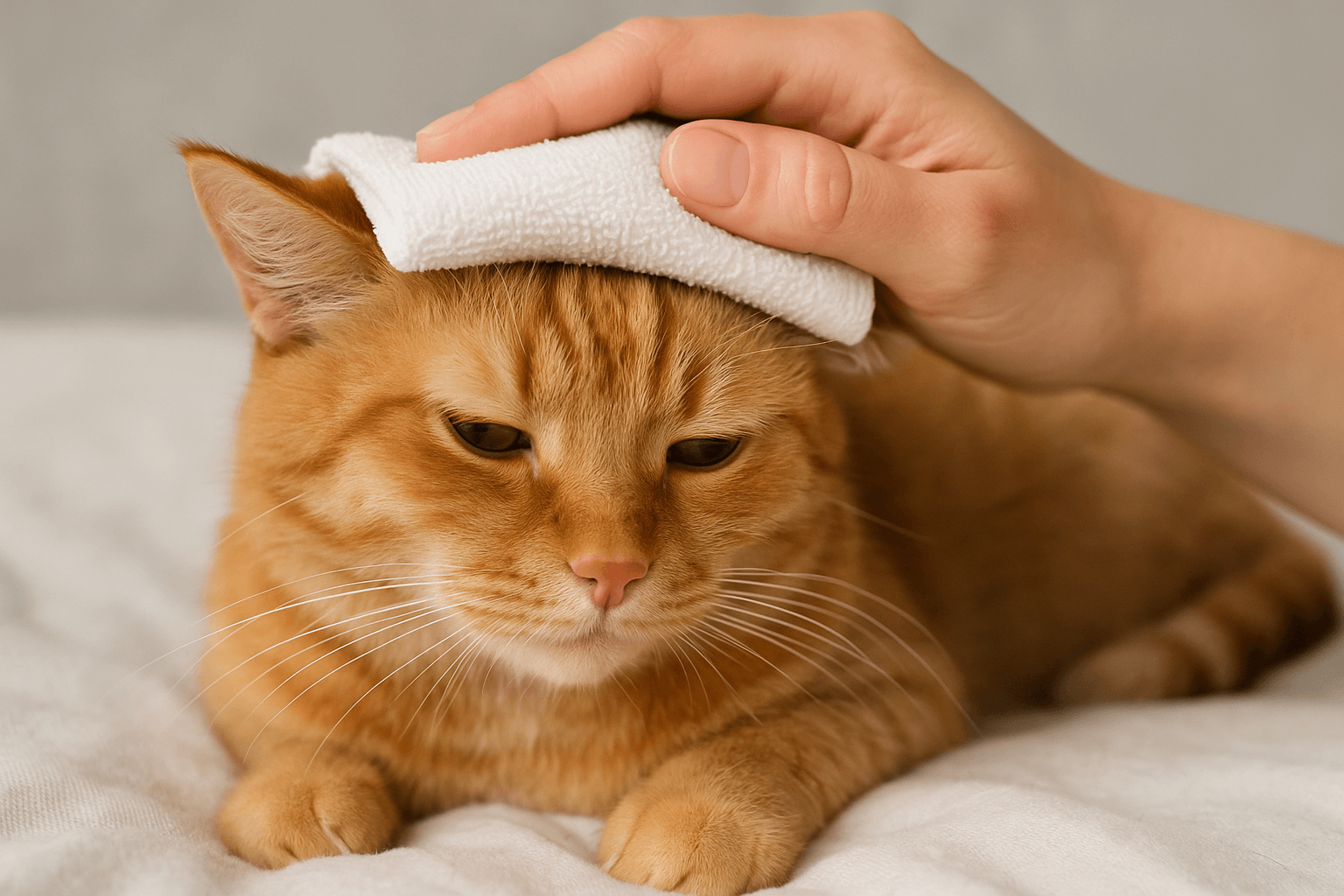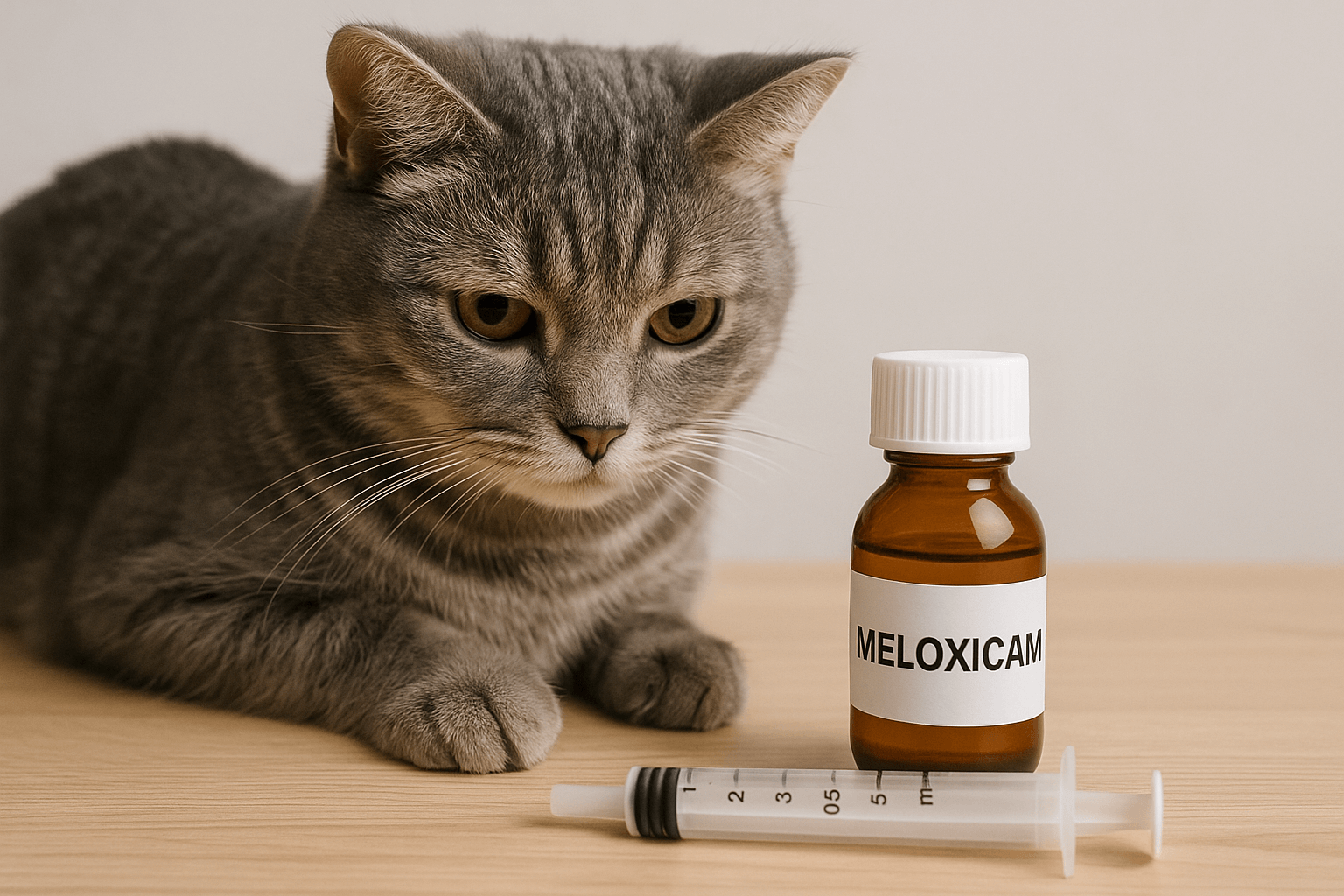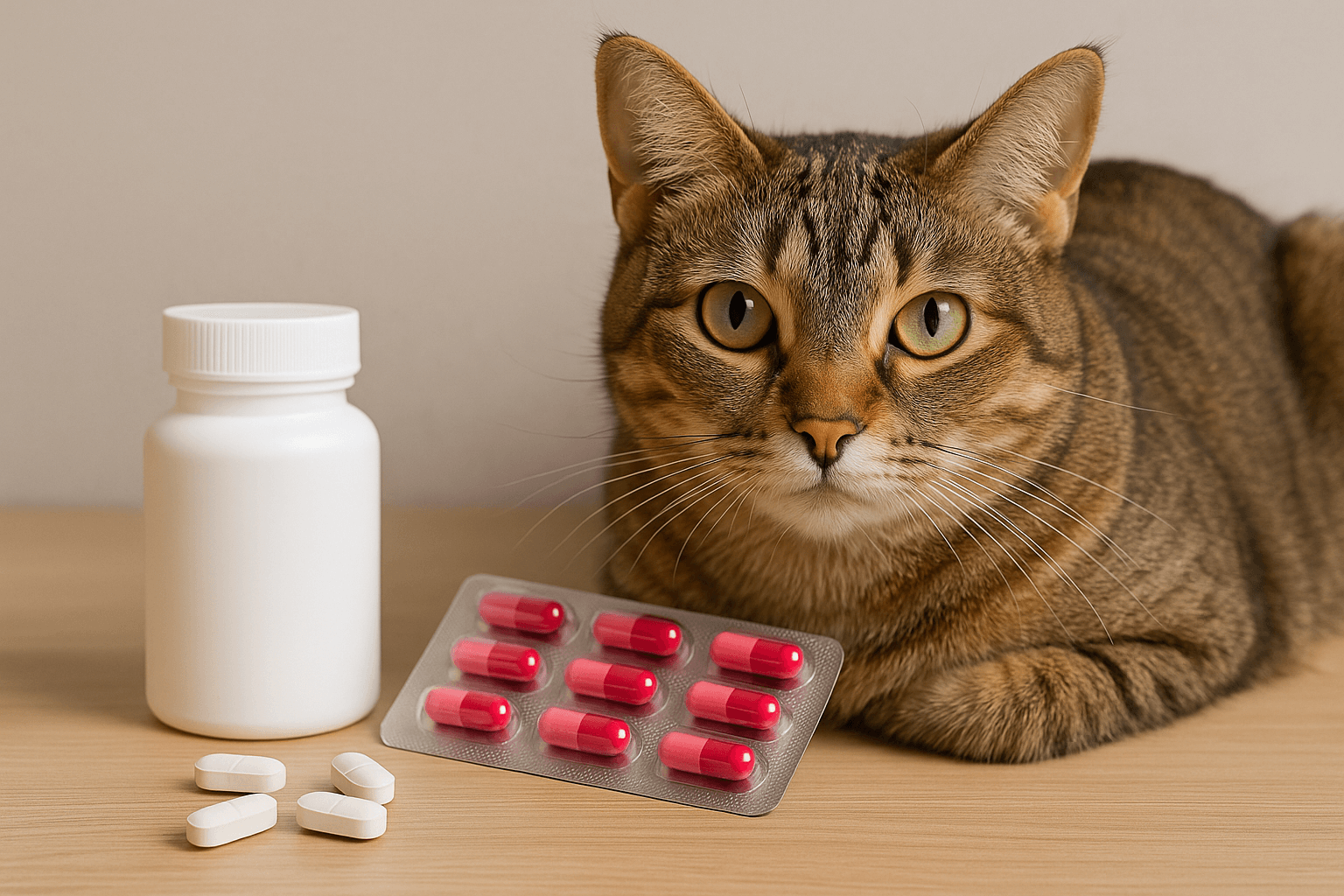Understanding Dog Ear Hematoma and Cauliflower Ear
If you’ve noticed swelling or deformity in your dog’s ear, it could be a sign of an ear hematoma or the development of cauliflower ear. An ear hematoma occurs when blood pools between the skin and cartilage of the ear, often due to trauma or excessive scratching. If left untreated, this condition can lead to permanent changes in the ear’s structure, commonly referred to as cauliflower ear. While these issues are not life-threatening, they can cause discomfort and affect your dog’s quality of life. In this blog post, we’ll explore the causes, symptoms, and treatment options for dog ear hematomas and cauliflower ear, as well as tips to prevent recurrence and ensure your furry friend stays comfortable.
What Causes Dog Ear Hematomas?
Ear hematomas in dogs are often triggered by underlying issues that cause irritation or trauma to the ear. Here are some common causes:
Excessive Scratching : Dogs with allergies or ear infections may scratch their ears intensely, leading to trauma.
Head Shaking : Vigorous head shaking, often due to ear mites or infections, can rupture blood vessels in the ear.
Trauma or Injury : Accidents, fights, or rough play can damage the delicate tissues in the ear.
Underlying Health Conditions : Chronic conditions like allergies or skin diseases can predispose dogs to hematomas.
Breed Predisposition : Floppy-eared breeds, such as Basset Hounds or Cocker Spaniels, are more prone to ear hematomas.
Addressing the root cause of the hematoma is essential to prevent complications and reduce the risk of cauliflower ear formation.
Symptoms of Ear Hematomas and Cauliflower Ear
Recognizing the signs of ear hematomas early can help you seek timely treatment for your dog. Here’s what to look out for:
Swollen Ear Flap : A puffy or balloon-like appearance on the ear flap is a telltale sign of a hematoma.
Discomfort or Pain : Your dog may whimper, avoid touching their ear, or show signs of irritation.
Warmth or Redness : The affected area may feel warm to the touch and appear inflamed.
Deformed Ear Shape : Over time, untreated hematomas can lead to a wrinkled, cauliflower-like appearance.
Behavioral Changes : Lethargy or reluctance to engage in usual activities may indicate pain or discomfort.
Early detection and intervention can prevent permanent damage and ensure your dog’s ears remain healthy and functional.
Check this guide 👉Understanding Dog Ear Tumors: Best 7 Health Tips!
Check this guide 👉Home Remedies for Dog Ear Infections: Best 7 Health Tips!
Check this guide 👉Understanding and Managing Dog Ear Smell: Best 7 Tips!

Treatment Options for Ear Hematomas | Prevention Tips for Ear Hematomas |
|---|---|
Drainage and Suturing by a Vet | Regularly clean your dog’s ears to prevent infections |
Anti-inflammatory Medications | Check for signs of allergies or parasites |
Elizabethan Collar to Prevent Scratching | Keep your dog’s nails trimmed to avoid trauma |
Warm Compresses for Minor Cases | Avoid exposing your dog to loud noises that trigger head shaking |
Surgery for Severe or Recurrent Hematomas | Schedule routine vet checkups for early detection |
Treatment Options for Dog Ear Hematomas
Treating an ear hematoma depends on its severity and the underlying cause. Here are some common approaches:
Drainage : A veterinarian may drain the fluid from the hematoma using a needle, though this method has a higher risk of recurrence.
Surgical Correction : For severe cases, surgery is often recommended to remove the fluid and prevent further accumulation.
Medications : Anti-inflammatory drugs or antibiotics may be prescribed to reduce swelling and treat infections.
Elizabethan Collar : Using a cone can prevent your dog from scratching or shaking their ear during recovery.
Follow-Up Care : Regular vet visits are crucial to monitor healing and ensure no complications arise.
Consulting a veterinarian is essential to determine the best course of action for your dog’s specific condition.
How to Prevent Cauliflower Ear in Dogs
Cauliflower ear is a permanent deformity caused by untreated or recurrent hematomas. Here’s how to minimize the risk:
Prompt Treatment : Address hematomas immediately to prevent scarring and structural changes in the ear.
Manage Allergies : Identify and manage allergens that may cause itching or irritation in your dog’s ears.
Regular Ear Cleaning : Use a vet-recommended solution to clean your dog’s ears weekly or as needed.
Monitor for Parasites : Check for ear mites or other pests that can irritate the ear canal.
Provide a Safe Environment : Minimize exposure to situations where your dog might injure their ears.
By taking these preventive measures, you can protect your dog’s ears from long-term damage and maintain their natural appearance.
Signs Your Dog May Be Experiencing Ear Discomfort
If your dog is showing signs of ear discomfort, it could be an early warning of an issue like an ear hematoma or infection. Here’s what to look out for:
Frequent Head Shaking : Persistent head shaking can indicate irritation or pain in the ears.
Excessive Scratching : Constantly scratching at the ears may suggest an underlying problem.
Odor from the Ears : A foul smell often accompanies infections or hematomas.
Redness or Swelling : Inflamed ear tissue is a common sign of irritation or trauma.
Behavioral Changes : Lethargy or aggression when touched near the ears may signal discomfort.
Recognizing these signs early allows you to address potential issues before they worsen and lead to complications like cauliflower ear.
Home Care Tips for Managing Mild Ear Issues
For minor ear issues, home care can provide relief and support healing when used alongside veterinary guidance. Here are some tips:
Clean Gently : Use a vet-approved ear cleaning solution and cotton balls to clean the outer ear without causing further irritation.
Apply Warm Compresses : A warm, damp cloth can help reduce swelling and soothe discomfort.
Limit Physical Activity : Restrict vigorous play or activities that might exacerbate the hematoma.
Monitor Progress : Keep an eye on the ear’s condition and note any changes in symptoms.
Prevent Scratching : Use an Elizabethan collar if your dog is prone to scratching or pawing at their ears.
While home care can help manage mild cases, always consult your vet for persistent or severe issues to ensure proper treatment.
Long-Term Strategies to Maintain Ear Health
Preventing ear hematomas and cauliflower ear requires ongoing care and attention. Here are some long-term strategies to keep your dog’s ears healthy:
Regular Vet Checkups : Schedule routine ear exams during annual or biannual vet visits to catch issues early.
Allergy Management : Work with your vet to identify and manage allergies that may contribute to ear problems.
Proper Grooming : Trim hair around the ears to improve airflow and reduce moisture buildup.
Diet and Supplements : Feed a balanced diet and consider supplements like omega-3 fatty acids to promote skin and ear health.
Avoid Trauma Risks : Supervise playtime and avoid situations where your dog’s ears could get injured.
By incorporating these strategies into your dog’s routine, you can significantly reduce the risk of ear hematomas and ensure long-term ear health.
Frequently Asked Questions About Dog Ear Hematomas
Can a dog ear hematoma heal on its own?
While minor cases may resolve without intervention, most hematomas require veterinary treatment to prevent complications.
Is surgery necessary for all ear hematomas?
Not always, but severe or recurrent hematomas often require surgical correction for optimal results.
How long does it take for a hematoma to heal?
Healing time varies depending on the treatment method, ranging from weeks to months.
Can cauliflower ear be reversed?
Unfortunately, once the ear becomes deformed, the changes are permanent.
Are certain breeds more prone to ear hematomas?
Yes, floppy-eared breeds like Basset Hounds and Cocker Spaniels are at higher risk due to limited airflow in the ear canal.
Protecting Your Dog’s Ears for Long-Term Health
Ear hematomas and cauliflower ear are not just cosmetic concerns—they can significantly impact your dog’s comfort and well-being. By understanding the causes, recognizing the symptoms early, and seeking prompt veterinary care, you can prevent complications and ensure your dog’s ears remain healthy. Additionally, taking preventive measures like regular cleaning, managing allergies, and monitoring for infections can reduce the likelihood of recurrence. Remember, your dog relies on you to advocate for their health—so stay vigilant and provide the care they need. With proper attention and treatment, your furry companion can enjoy a happy, pain-free life with healthy ears.
Cat Fever Treatment: Best 7 Expert Tips! Discover expert advice on identifying, managing, and treating fever in cats to ensure their quick recovery and well-being.
Understanding Meloxicam for Cats: Best 7 Expert Tips! Learn how to safely administer meloxicam, manage side effects, and ensure your cat's comfort with expert advice on feline pain relief.
Amoxicillin for Cat UTI: Best 7 Expert Tips! Discover safe usage, dosage guidelines, and expert advice on treating feline urinary tract infections effectively with amoxicillin.
Understanding Cat Cancer Treatment: Best 7 Expert Tips! Discover expert advice on managing feline cancer, from early detection to treatment options, ensuring your cat’s health and comfort.





